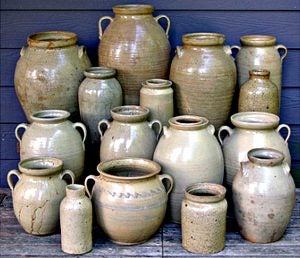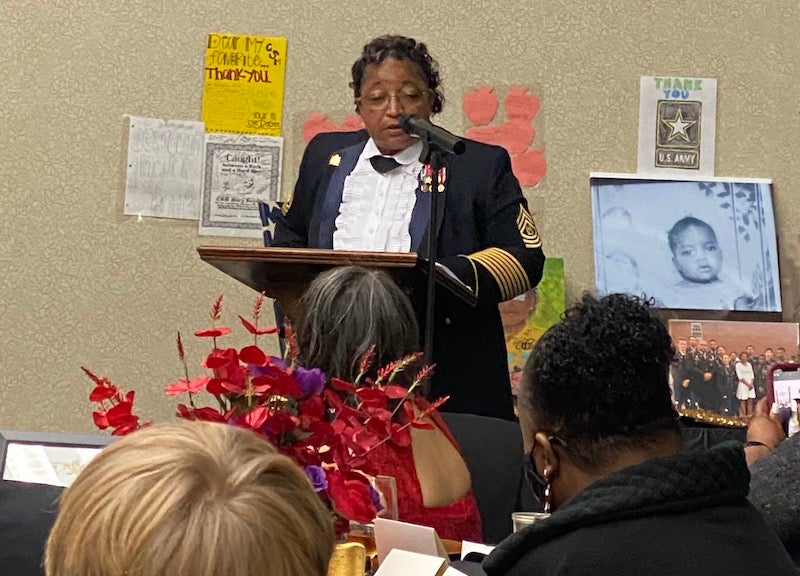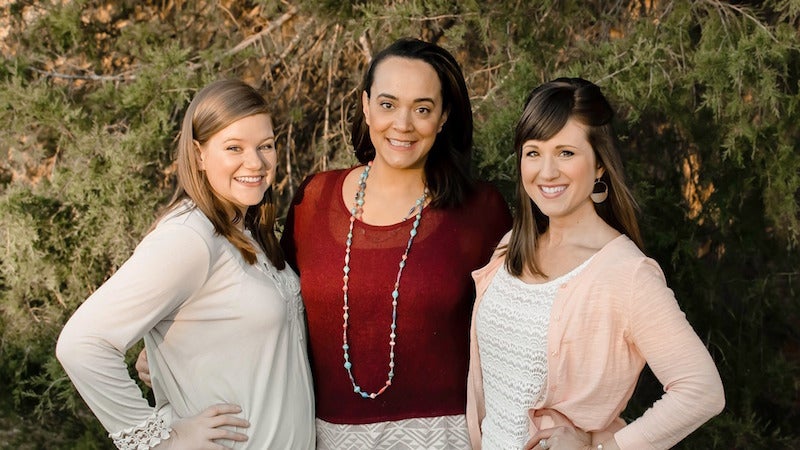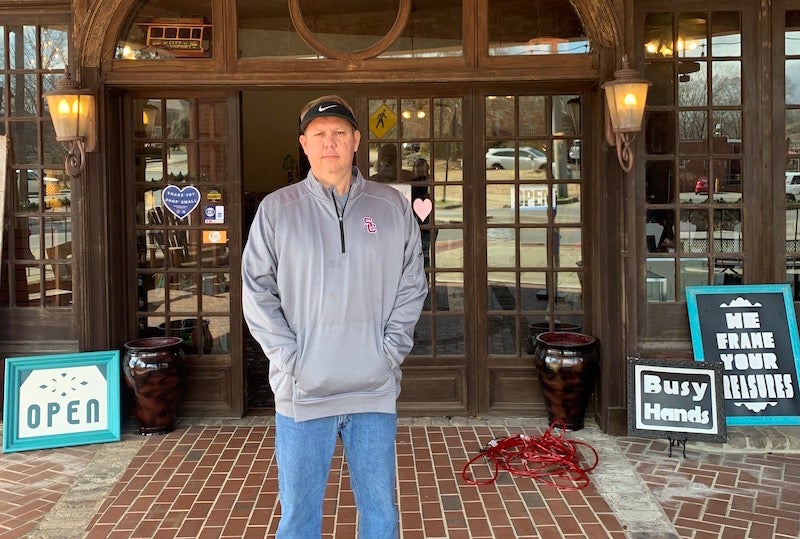The “artful” history of Jugtown, AL
Published 4:46 pm Monday, September 11, 2017
By RENE’ DAY / Community Columnist
If you travel down Highway 280 from Birmingham through Shelby County, no doubt you see the signs for Sterrett, AL. But, unless you live there or know someone who does, it is unlikely that you’ve taken the time to drive through the small, unincorporated town. I visited often as a child. My grandmother’s “people,” the Howards, were residents and hosted family events. I remember them referring to it as “Jugtown,” but not until more recently did I learn why. Sometimes, it just pays to be an Antiques Roadshow fan.

Examples of the art that is Jugtown Pottery. (Contributed/Encyclopedia of Alabama, Private Collection)
One memorable episode was filmed in Tulsa, Oklahoma. Among the plethora of Native American artifacts and western memorabilia was something that hit close to “home.” The viewer brought an auction find purchased for $50. She didn’t realize until she got all the dried mud and gunk cleaned off that the jug had an inscription. Written in the glaze was “J.B. Skinner” and “Sterrett, Alabama.” So, who was J.B. Skinner and what was he doing in Sterrett, Alabama?
It seems that the jug held secrets to part of this county’s history. Sterrett, or Jugtown, was settled and tamed primarily by potters hoping to make a living using the skills they had. In the 1830s, when “Alabama fever” was at its hottest, thousands rushed to take advantage of cheap, virgin land. With no glass, no plastic or no metal storage cans to keep perishables safe, those providing stoneware were important members of a community. It seems that the Falkner family migrated into the Sterrett area in the 1850s and settled on land with very nice clay deposits. The completed kiln was fired about seven years later. This was not their first foray into Alabama, however. They first settled in Randolph County and worked there for about twelve years. Intermarrying with other potter families there allowed techniques originating in North Carolina to become a part of their craft.
Thus began a long tradition of the “jug makers” in Jugtown. The “J.P.” on the Oklahoma jug was Jonathan Payton and he worked in the 1890s. The churns, jugs, pots, smoking pipes and even marbles turned out by various members of the extended family and those who worked with them are unique to time and place. The utensils have a distinctive light green color caused by the use of a lime-based alkaline glaze. Given the vast amounts of limestone quarried in Shelby County, that should come as no surprise to anyone.
Further research led to a fantastic resource. If you want to know more about Jugtown, check out Joey Brackner’s Alabama Folk Pottery. There is a beautiful photograph of a “Skinner vessel” in it. Makes you realize what a lump of Alabama clay can become in the hands of true artisans. Today, I don’t know of anyone in Shelby County who owns a piece of Sterrett pottery, but I would love to find out. If you happen to know of a local jug still around, please contact me at dayrened@bellsouth.net. Even though Tulsa is OK with me, I’d love to see a piece without having to drive there.








